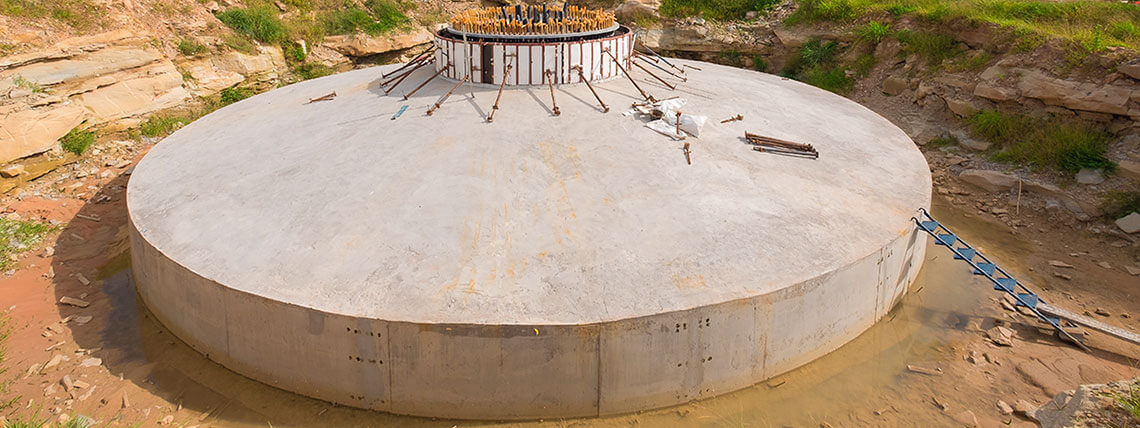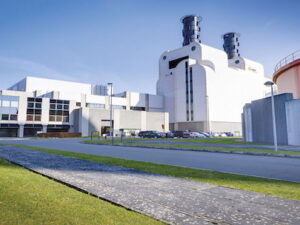Santo Domingo Wind Farm
Artificial accelerograms
One of the largest Wind Farms in Latin America
La Venta III is one of the largest wind infrastructures in Latin America. It is located in Santo Domingo de Ingenio, in the Istmos of Tehuantepec (State of Oaxaca), and is one of the windiest and earthquake-prone regions in the world.
The wind farm was developed by IBERDROLA INGENIERIA Y CONSTRUCCION (IBERINCO). It consists of 121 wind turbines (G52, Gamesa) 44 meters of height and has a total capacity of 850 KW.
DYANMIS ASSOCIATES, in order to carry out a non-linear time history analysis, has generated five accelerometers compatible with the design spectrum (DBE), in accordance with the requirements of Methodology 2 of the NEC SRP 3.7.1 standard.
There are many methodologies and publications proposed in the literature to establish artificial accelerograms that match the design spectrum. Artificial accelerograms can be obtained:
- From natural accelerograms
- As pure artificial accelerograms
Several methodologies based on the generation of artificial accelerogram from natural accelerograms propose the adjustments in the frequency domain (modification of the Fourier spectrum amplitudes). This approach introduces advantages such as its easy implementation, but nevertheless, it does not easily allow the adjustments to different damping ratios. It doesn’t preserve the non-stationary character of the accelerogram when the Fourier spectrum of the original accelerogram is modified significantly.
Added Value proposition
The alternative approach that DYNAMIS ASSOCIATES used was to adjust the accelerograms in the time domain by adding “wavelets” to the seed accelerogram. Although this procedure is not as easy to develop as frequency domain, it has two advantages: it maintains the non-stationary character of the accelerogram and allows the adjustment to the different damping ratios.
The first step of the method is choosing the natural seeds (selecting seismic events with similar characteristics in terms of distance, magnitude and soil properties) and then proceed as follows:
- Calculation of the response spectrum of the natural accelerogram.
- Comparison of the spectrum obtained to the target spectrum for each frequency
- Adjust with “wavelets” if necessary
Our alternative approach consisted in adjusting the accelerograms in the time domain adding “wavelets” to the original signal. Even though this procedure is more onerous than the traditional method, which adjusts the accelerograms in the frequency domain, it presents two clear advantages: Firstly, it conserves the non-stationary character of the accelerogram and secondly, it allows adjustments using different damping ratios.







